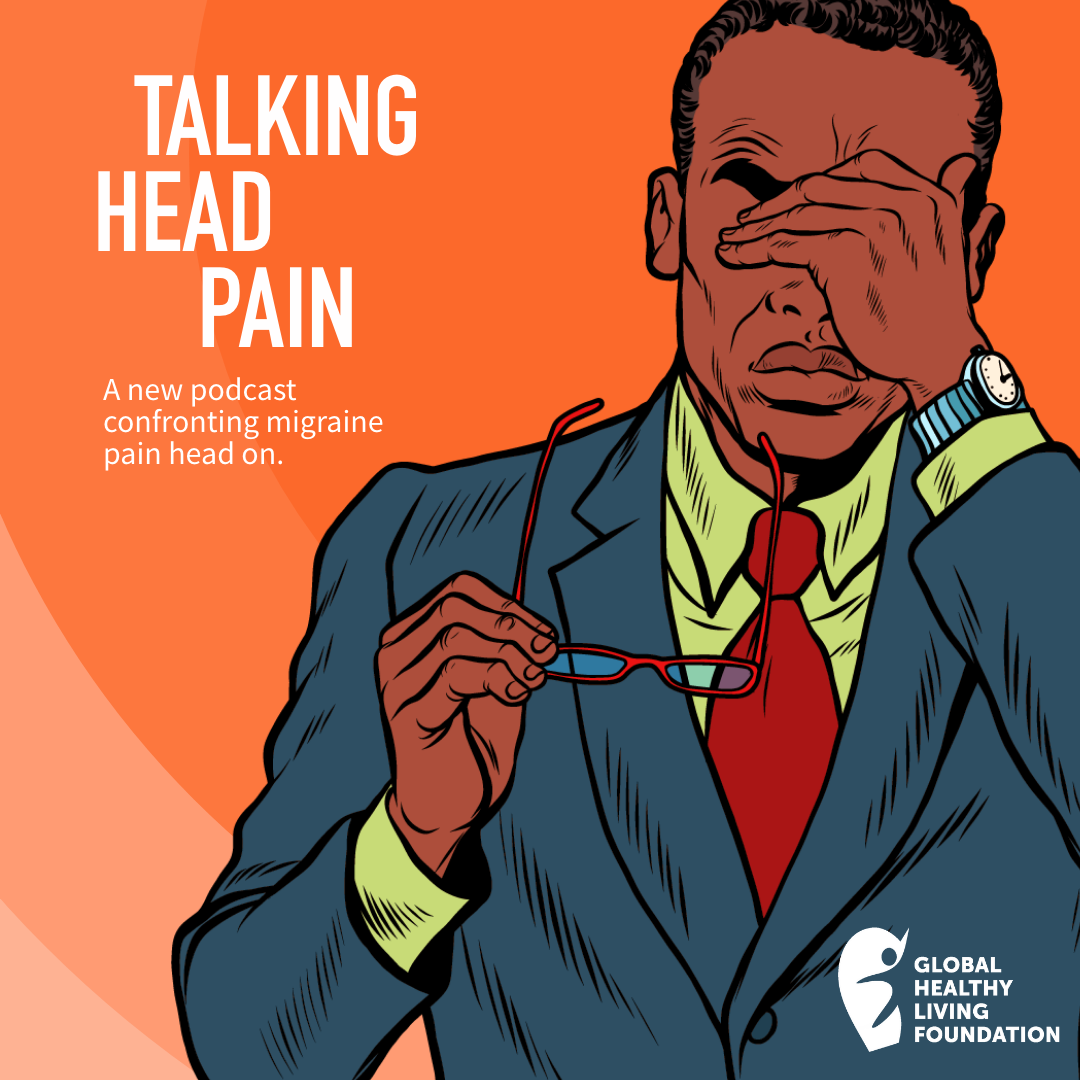

Breathe in. Breathe out. Shavasana.
I’m lying in corpse position, looking up at the blue sky through my living room window. It’s early morning, and the sun is just beginning to crest the rooftops. The birds are singing in melodic disorder, but there’s an exquisite beauty in their discord. I take a deep breath in, roll to my side, and come to a seated position. I have doused the fire in my body and calmed my feverish mind. I am ready to tackle the many hours ahead of me; to navigate another day in a new uncertain world.
It’s an entirely different mindset from the one I had 10 years ago, when I was diagnosed with early rheumatoid arthritis (RA).
I am a dancer and an actress. I’ve been on stage since I was 5 years old, performing in ballet and tap recitals. I performed in my first musical when I was 11 years old. For the next 30 years I did independent film work and theatre in Vancouver and studied various forms of dance. My life revolved around the physical, and I reveled in the power of my own body. I trained it to do the impossible, manipulating it into unnatural shapes that looked beautiful beneath the stage lights. Then the unexpected happened: At the peak of my physical health, I was diagnosed with a rheumatic disease that threatened my mobility and the world I built around it.
When RA Took Over My Body
My body changed. The pain and inflammation of RA made it difficult to execute those precise movements. I was used to pain — no dancer can escape strains, sprains, torn ligaments, bruises, blisters, and bloody feet. This is the pain we work through, the pain we expect, the pain that tells us how hard we are working.
But the pain from my rheumatoid arthritis was completely different. No dance injury could compare with the constant burning I felt throughout my limbs. My swollen limbs refused to be manipulated, slowing me down and holding me back.
And then there was the fatigue. I was used to being tired; hours of rehearsals and performances will do that to you. But I was unfamiliar with the struggle to even get out of bed. My RA fatigue made me feel heavy and bogged down, as though there were a 50-pound weight tied to every extremity. I could no longer complete a simple task, like washing dishes or cleaning the bathroom, without experiencing exhaustion.
I no longer knew my body, and had to learn how to move with these new limitations.
So, I turned to yoga. I had practiced yoga on and off over the years, attending the odd class with a friend or warming up for a dance class through yoga exercises. It has its own choreography, moving from one position to another. It seemed natural to turn toward something familiar as a way to keep moving.
Yoga Helped Me Maintain My Physical and Mental Strength
Although yoga started as a way for me to slowly learn how to move in my new body, it quickly became more than a physical exercise.
Yoga is meant to connect the body and mind. Dance and theatre are similar in that you always need to be one step ahead of your next move. And being diagnosed with RA challenged my mind as much as it did my body. Faced with the loss of my ability to move in a certain way, I needed to look ahead and plan my next step. What role would I play in the artistic world I built if I could not perform?
Yoga, for me, was as much of a way to maintain my mental wellness as my physical wellness. It was a way to escape from the outside world and find an inner peace. This has become especially helpful during the last year, as the world has faced the COVID-19 pandemic.
The stress of worrying about an illness beyond my chronic disease and the isolation brought about by COVID-19 produced a new kind of fear and anxiety. Daily yoga became my remedy for maintaining mental wellness. It helped me feel calm in a world of chaos.
Trying Yoga, Even with Arthritis, Is Easier than You Think
The thought of starting yoga can be intimidating to many, but especially to people who have an inflammatory disease that causes joint pain and stiffness. Visions of people folding themselves into pretzels might come to mind, scaring off anyone worried that an unfamiliar pose could be painful, cause damage, or even trigger a flare. I was already conditioned to start yoga at a higher level, so I wasn’t intimidated by the process. I know many have a preconceived notion that yoga is difficult, but it’s no different than any other exercise program. It takes time and practice to find your flow.
One of the beauties of yoga is the variety. With so many different types of yoga — Hatha, Shakti, Ashtanga, just to list a few — it’s easy to find a practice that works for your body and your needs. Additionally, the difficulty varies. Yoga can be as complex as “crow” (hunched over, balancing the weight of your body on your hands while your elbows rest on your knees) or as simple as “corpse” (lying flat on your back, arms by your side, just breathing).
Yoga is also flexible, enabling you to discover your own movement and your own pace. It really is all about you.
So, how do you get started?
The first — really, the only thing — you need to do is find a class. Although studios provide a great environment to learn the practice and connect with others, some people prefer to start yoga in their own home. (Especially now during the COVID-19 pandemic.) Fortunately, there are a number of apps and YouTube series dedicated to teaching beginner yoga. You may have to test a few classes before finding one that suits your needs, so don’t get discouraged if your first few classes aren’t quite right.
When it comes to equipment, all you really need is comfortable clothing and a towel for padding. As you become more serious, you may want to consider investing in a yoga mat and blocks. But those aren’t necessary in the beginning.
As you start your yoga journey, remember to practice patience. It takes time to train your body and mind to work together. But once you’re able to achieve that cohesion, you’ll find a calm to tap into when things become chaotic.
I started my yoga journey to preserve a bit of my dance life. Now it supports all aspect of my life.
Stay in Touch with CreakyJoints Canada
Part of the nonprofit Global Healthy Living Foundation, CreakyJoints is a digital community for millions of arthritis patients and caregivers worldwide who seek education, support, advocacy, and patient-centered research. All of our programming and services are always provided free of charge. As we grow CreakyJoints Canada we want to hear from you. Please join our email list to stay connected, learn about new content and initiatives, and send us suggestions and ideas.





